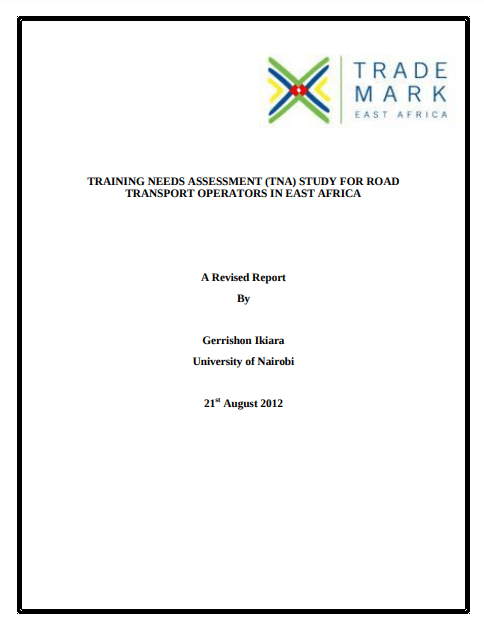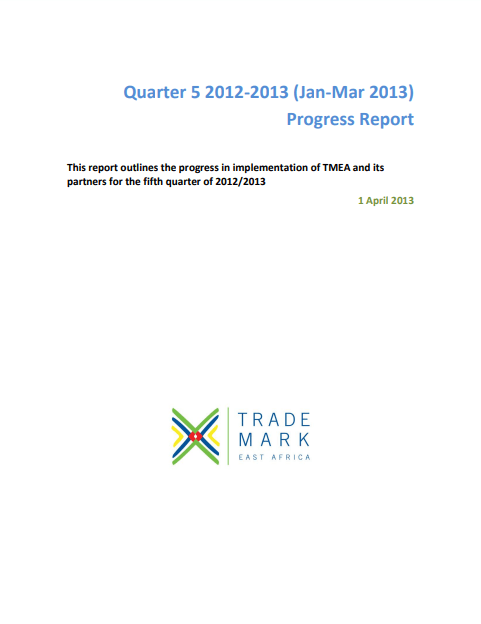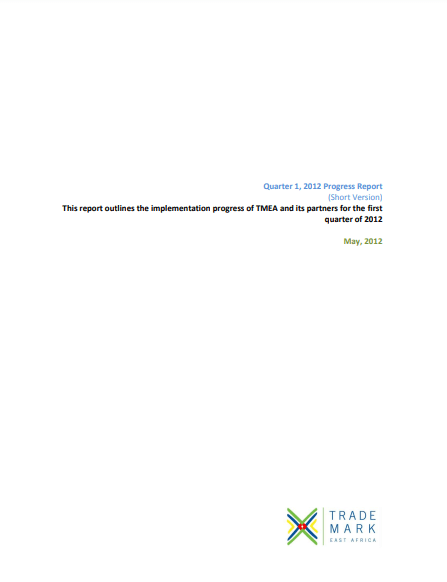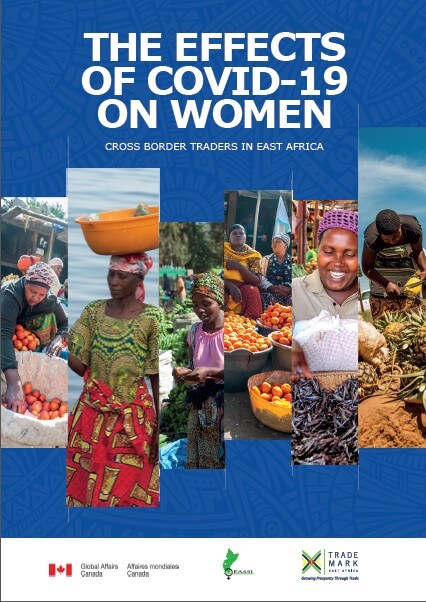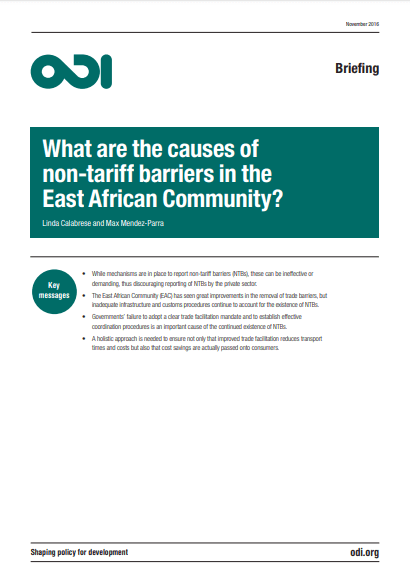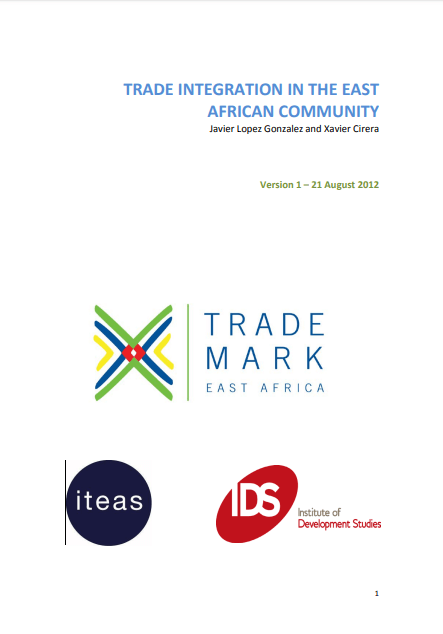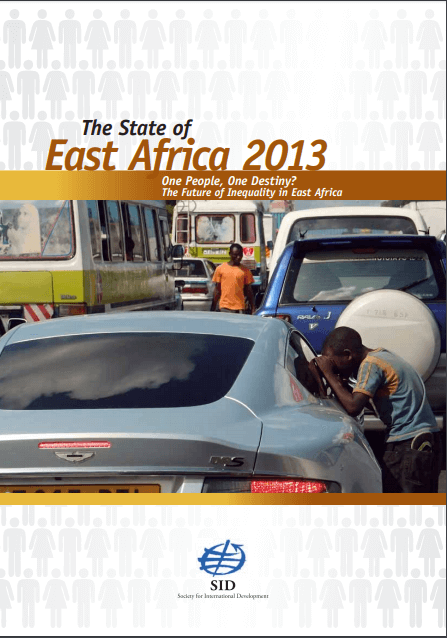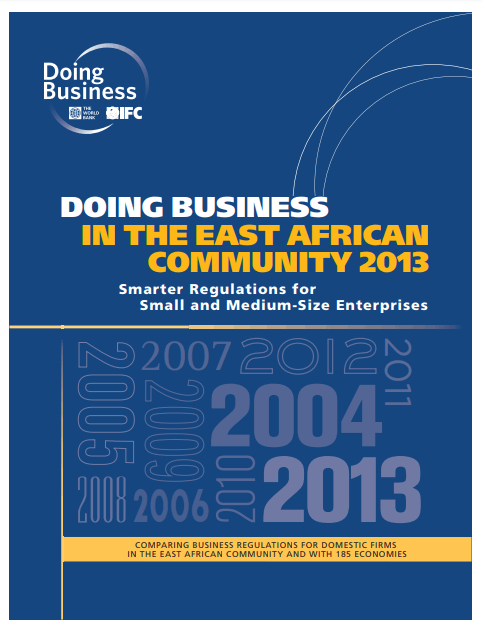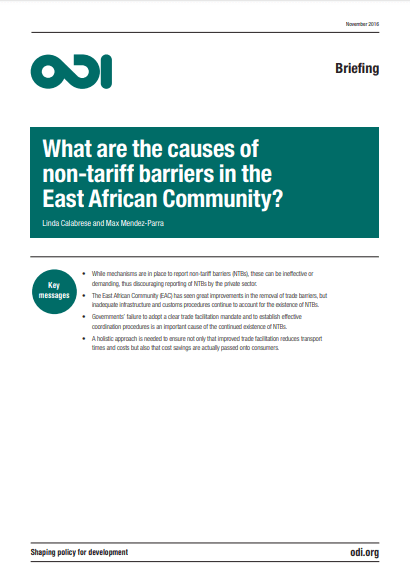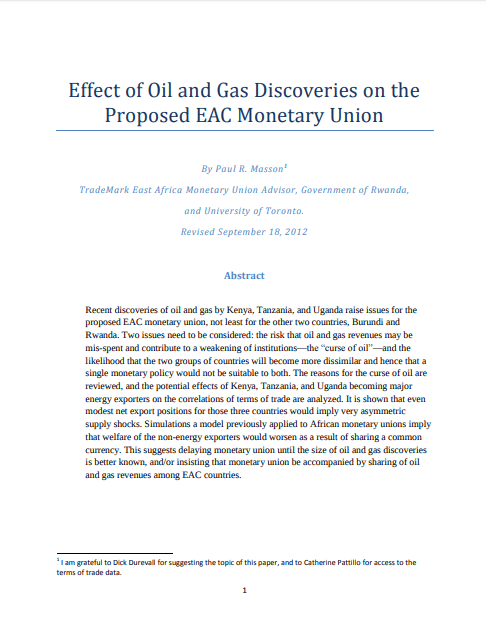Road transport is today a key economic sector in the five member states of the East African Community (EAC) providing essential services for exporters and importers engaged in international and regional trade in the respective countries. This study looks at the transport sector of the EAC and how it affects the economic growth of the region.
Training needs Assessment (TNA) Study for road transport operators in East Africa
Posted on: July 3, 2014
Posted on: July 3, 2014

